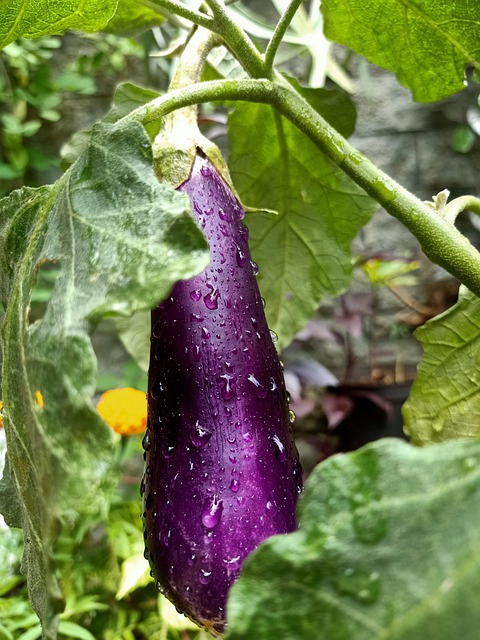Choosing the right variety for the best way to grow eggplant can seem like a daunting task with so many types out there, but it’s all about understanding what works best for your specific climate and taste preferences. Traditional varieties like the well-loved Black Beauty thrive in warm environments, bringing a slightly sweet flavor to dishes. Then there’s the Asian varieties, which tend to be longer and thinner, perfect for stir-frying and roasting.
Let’s talk about climate needs first. Eggplants love warmth and sunshine, kind of like that friend who’s always cold and seeking out the sunniest spot. They need temperatures above 70°F to really flourish. If you’re in a cooler climate, consider starting seeds indoors to give them a head start.
Soil, on the other hand, should be rich and well-draining. Think of it as the cozy bed where your eggplants will sleep, dream, and grow. A pH level around 6.3 to 6.8 is perfect, so testing your soil beforehand can save some future headaches. If your soil needs a little doctoring, compost or well-rotted manure can work wonders.
Regional suitability is key. If your area has high humidity, opt for eggplant varieties that resist diseases like blight and mildew. In drier climates, you’ll want a variety that can handle the dry air while still delivering plump, juicy fruit. Local nurseries can often provide guidance on what thrives best in your area which is invaluable when you’re getting started.
For all my other A to Z how to grow click here. ( you will stay on this page )
Preparing Your Garden for Eggplant Planting
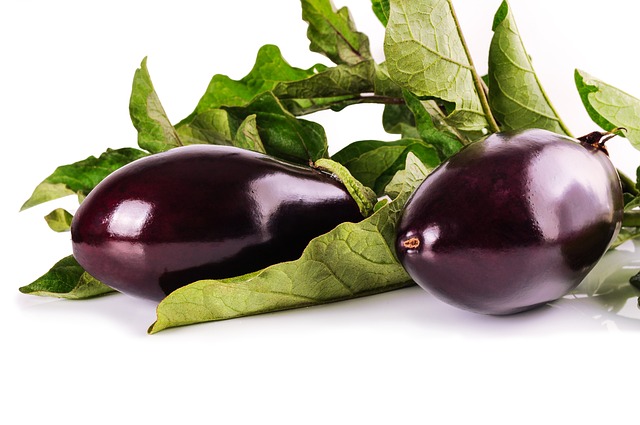
Getting your garden ready for eggplant planting is like setting the stage for a spectacular performance. Timing your preparation is the first step. For most regions, starting three weeks before the last expected frost date works well. This gives the soil enough time to settle and warm up.
The right tools and materials can make all the difference when preparing the soil. A garden fork or tiller helps in loosening the soil, ensuring that roots have space to grow. Adding coarse sand or perlite can also improve drainage, an important step for preventing root rot. Nutrient-rich additives like well-rotted compost or aged manure should be mixed into the earth to boost fertility, giving those eggplants a nutrient-rich start.
Arranging your garden layout for optimal growth feels a bit like a game of strategy. Leave plenty of room between plants, about 18 to 24 inches, which lets air circulate and reduces disease risk. If space is limited, planting in raised beds or containers can still yield good results. Just make sure they’re deep enough for those roots to snuggle in.
Planning ahead to manage weeds is smart too. Laying down a layer of mulch around the plants helps keep pesky weeds from barging in and competing for nutrients and water. Plus, mulch can help maintain consistent soil moisture, which is crucial for healthy eggplant development.
Planting and Early Care for Healthy Eggplant Growth
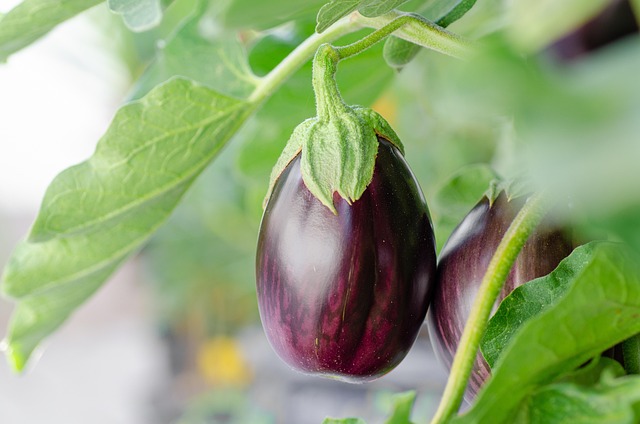
Deciding between starting seeds or buying transplants can shape your growing season. If you’re inclining towards seeds, sow them indoors about eight weeks before the last frost date. Using a seed starting mix ensures that your little seedlings get off on the right foot. Plus, a heating mat can help keep the soil warm, speeding up germination.
Now, water management is crucial. Eggplants are thirsty but don’t like sitting in water, so consistent, moderate watering is the way to go. Check the soil regularly to ensure it’s moist but not soggy. Deep watering encourages roots to reach down, which boosts plant stability during windy days.
Sunlight is the other MVP here. These plants need a solid seven to eight hours of full sun each day. If your garden space doesn’t get that much sun, consider relocating your pots or containers to chase the light as much as possible.
Fertilizing during the early stages can set the plants up for success. A balanced fertilizer applied every few weeks can keep nutrient levels steady, supporting robust plant growth. Just be sure not to overdo it, as excessive nitrogen can lead to lots of leaves but little fruit.
Pests can be a headache, especially for baby plants. Keep an eye out for common culprits like flea beetles and aphids. Utilizing floating row covers during the early stages can offer protection. If you spot any, a gentle spray of water can help knock them off, or opt for soapy water as a safe alternative for pest control.
For anything else you need to know head over here to wikipedia to find out more
Sustaining Growth: Nurturing Eggplants until Harvest
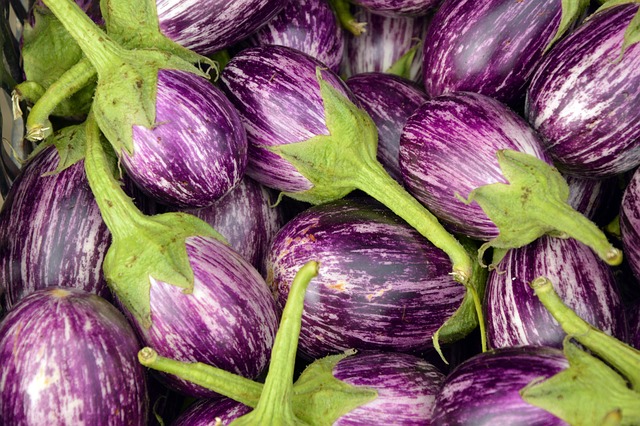
Ensuring your eggplants stay healthy and productive involves a bit of ongoing care. Regular monitoring for pest issues can save you a lot of hassle later. Common pests like spider mites and aphids can be handled with insecticidal soap or neem oil, which are both plant-friendly and effective. And don’t forget about disease control; keeping the garden area clean and crops rotated each season can prevent many common issues.
Fertilization is still important as the plants mature. Switching to a high-potassium fertilizer supports fruit development. Feed every three to four weeks, being careful to follow the package instructions to avoid over-fertilization, which can have negative effects on growth.
Environmental factors can be tricky, so pay attention to what your plants are telling you. If leaves start wilting during the hottest parts of the day, adding shade cloth during peak sunlight hours can help manage heat stress. Similarly, consistent mulching helps regulate soil temperature and retains moisture, reducing stress on the plants.
Pruning might seem optional, but it can boost yield. Removing excess foliage improves air circulation, reduces disease risk, and directs energy toward fruit production. Just be gentle; eggplants aren’t big fans of heavy-handed pruning.
Watch out for any signs of nutritional deficiencies, like yellowing leaves or slow growth. Amend the soil with quick fixes like fish emulsion or compost tea if necessary. Regular care up until harvest will keep your eggplants lush and fruitful, ensuring a generous bounty of produce.
Harvesting and Using Fresh Eggplant
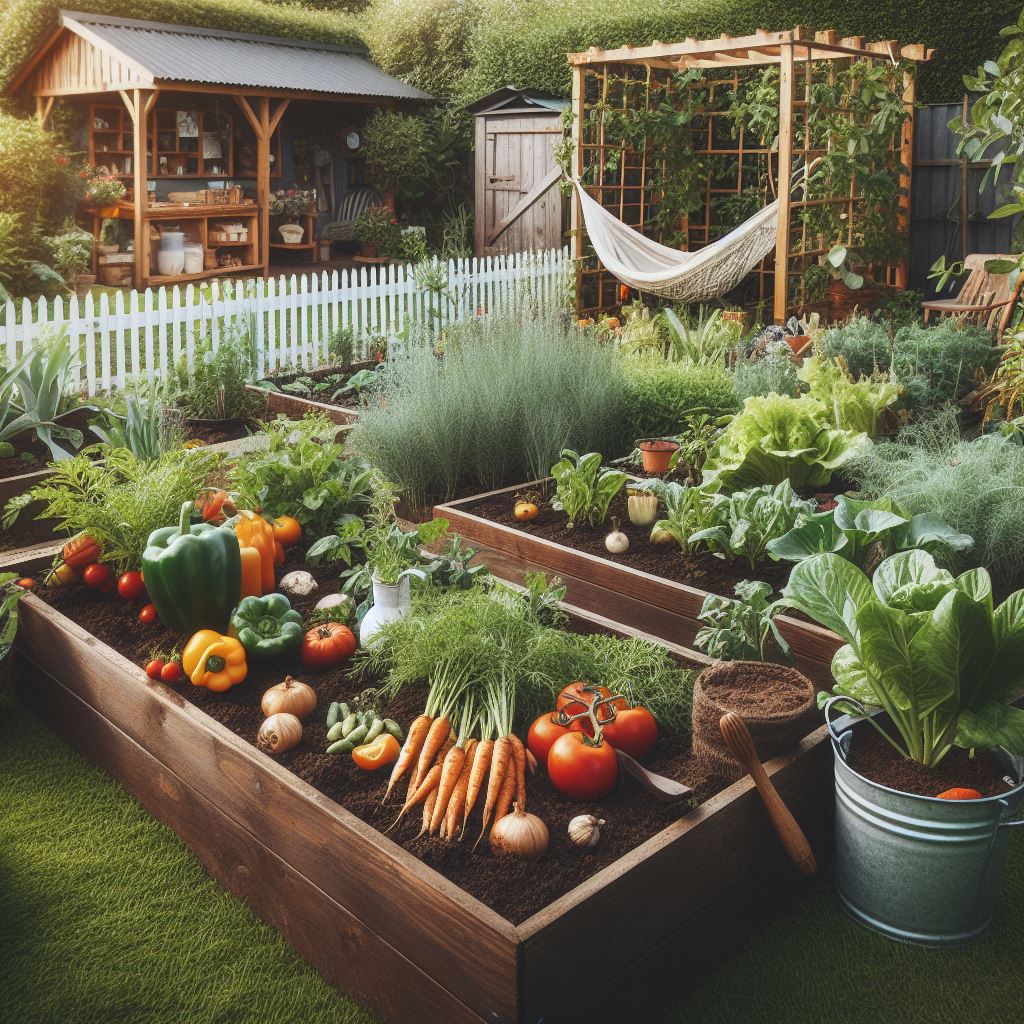
Knowing the right time to harvest is key to enjoying the full flavor of your eggplants. Look for smooth, glossy skin, and gently press your thumb against the fruit. If it leaves an imprint that bounces back, it’s go time. Waiting too long can lead to bitter flavor and tough seeds.
For harvesting, use a sharp knife or garden shears to cut the eggplant from the plant, leaving about an inch of the stem attached. This method prevents damage to both the fruit and plant, ensuring future harvests aren’t compromised.
Once you’ve got your eggplants inside, the kitchen becomes your playground. These versatile veggies shine in a multitude of recipes. Think classic eggplant parmesan, smoky baba ganoush, or a hearty ratatouille.
Eggplants are also fabulous grilled or roasted. Slice them up, add a drizzle of olive oil and a sprinkle of salt, and they’ll develop a rich, savory flavor. For an easy weeknight side, try tossing them with your favorite herbs and a splash of balsamic vinegar.
Storing fresh eggplants is straightforward. Keep them in a cool, dry place if you plan on using them soon. For longer storage, the refrigerator works too, just wrap them in a paper towel and place in a perforated plastic bag to avoid soft spots.
Follow to stay up to date with new posts!
Our website contains affiliate links. This means if you click and make a purchase, we may receive a small commission. Don’t worry, there’s no extra cost to you. It’s a simple way you can support our mission to bring you quality Gardening Tips.
Last Updated on February 13, 2025 by Mitch

